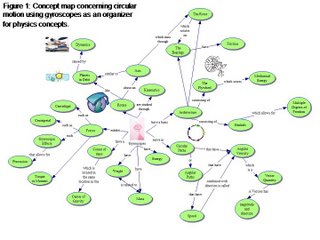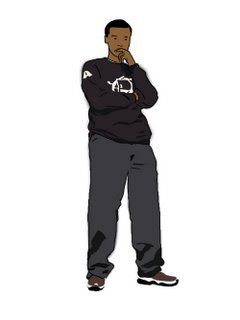
(Sample)
In the following segments we will be exploring scientific concepts concerning circular motion. To demonstrate these physics concepts and principles, we will perform hands-on activities concerning concepts such as force, power, torque, conservation of angular momentum, rotational kinetic energy, rotational inertia, precession. These activities will culminate in a design challenge that will make use of the ideas that you have learned throughout each activity. Thus, you will need to demonstrate your knowledge and understanding by designing a device (i.e. a spinning top or a gyroscope), that exhibits various concepts and principles of circular motion.
As you explore the concepts in these modules, you will be investigating circular motion and the science of physics yourself. To understand how real engineers work, always use scientific methods. You are expected to keep an engineering notebook or journal that will contain accounts of your experiences. The engineering notebook or journal will be used to document your understanding or lack of understanding of any particular concept. Use this notebook to tell your story about your personal experiences. You can look at it as a sort of diary to discuss details of your learning and to track your learning progress. Your journal will be a record of your experiments, thoughts, ideas and observations. It is something you will be able to look back on in order to revisit your learning experiences. All entries should be time-logged and dated. Furthermore, as you engage yourself in the learning activities and/or projects, draw detailed pictures, take photographs, or videos of your work, and explain what you have done, observed and learned from these activities.
Project-based Learning Unit # 1 for Circular MotionBelow is the first unit in a series of learning activities that deal with concepts related to circular motion.
Note: Each unit involves a hands-on activity in order to give students the opportunity to embody aspects of their learning. Also, the finished version contains visual media that provides a reference for students to follow as they engage in each hands-on learning activity. The visual media or figures (e.g. Figure 1, Figure 2, etc.) was excluded due to certain limitations of this blog site.
Unit 1: Forces and VectorsIn this unit you will become familiar with the concept of forces and vectors. This activity is a review of basic concepts that will help you to better understand the basics of circular motion. The following is a step by step instruction for the first activity. Read through the entire module before beginning the activities in order to get a grasp of the types of questions and tasks that you will be required to investigate.
Use the check off boxes as a guide to complete the module.
Watch Video file named “Forces and Vectors”
Per Figure 1, layout materials for hands-on activity.
Per Figures 2-4, perform hand-on activity. Record entries/observations in engineering notebook.
Complete engineering journal entries in accordance with discussion questions and tasks.
Have facilitator sign-off on this sheet when you finish.
Instructors Signature______________
Materials:Figure 1
Any toy car (E.g. “Matchbox® or Hotwheels®)
Pencil
Weight tied to a string
Unit 1: Hands-on ActivityUse the materials in Figure 1 to perform hands-on activity.
Figure 2
1. Push toy carforward using force of fingers.
Figure 3
2. Push pencil forward using force of fingers.
Figure 4
3. Pull weight with string using force of fingers.
Unit 1: DiscussionRemember that force influences the motion, as well as, the shape of an object. As demonstrated in the toy car activity, the greater the force the stronger the influence that the force has on the object that it is applied to. The force that you provided is a vector quantity. Vectors are forces, such as your hand pushing the toy car or you pulling an object, such as the weight and string. Vectors tend to produce an acceleration of a body in the direction of its application.
Unit 1: Engineering Journal Entries Discussion Questions and TasksIn your engineering notebook/journal record your responses to the items listed below. Provide detailed descriptions of your work. Don’t forget to enter the date and time of your entries. Use your imagination and creativity. Have fun!
1. What is force? Provide real world example(s). Draw a concept map to illustrate your understanding or write story of the path your mind followed while learning about force.
2. What is a vector? Provide real world example(s). Draw a concept map to illustrate your understanding or write story of the path your mind followed while learning about vectors.
3. How are vectors and forces related? Draw a concept map to illustrate your understanding or write story of the path your mind followed while learning about forces and vectors.
4. Describe and draw pictures of what you did in the hands-on activity?
 Concept Mapping
Concept Mapping



